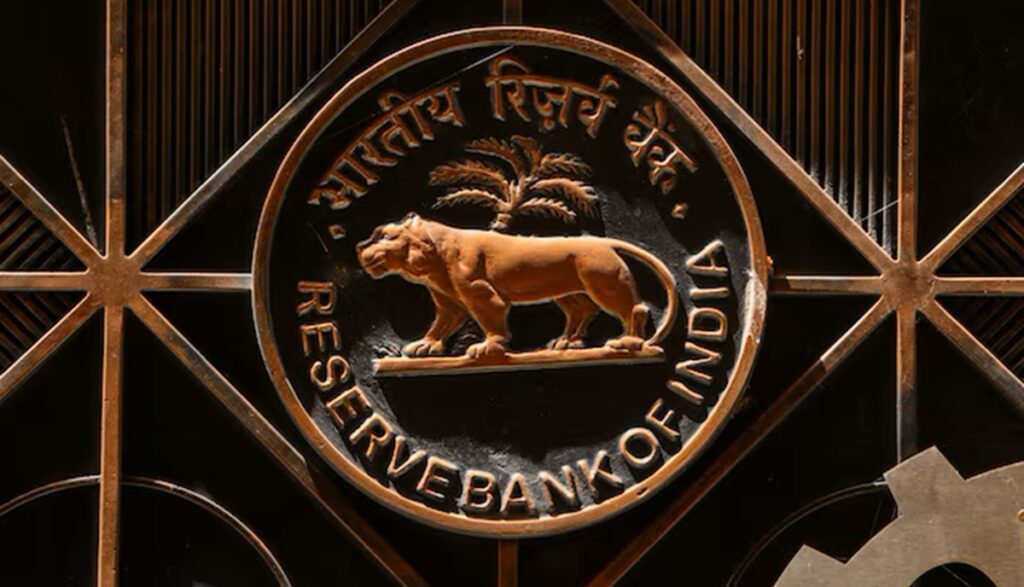MUMBAI: With inflation likely to remain sub-4 per cent and downside risks on growth, Nomura said, the Reserve Bank of India’s (RBI) Monetary Policy Committee (MPC) is expected to take go for a 100 bos additional rate cut. The central bank, in the April policy meeting, delivered a dovish 25bp cut, with downgrades to its GDP growth and inflation forecasts (0.2pp each), a shift in its stance to accommodative (from neutral) and a commitment to keep liquidity in surplus of around 1 per cent of net demand and time liabilities.
“While we agree with the RBI’s inflation outlook (~4 per cent for FY26), we see its GDP growth forecast (of 6.5 per cent) as optimistic. We recently revised our FY26 GDP growth projection lower to 5.8 per cent YoY (from 6.0 per cent), reflecting the global tariff-driven disruptions,” Nomura said. In this backdrop, the brokerage firm lowered its terminal rate forecast to 5.00 per cent from 5.50 per cent, which implies an additional 100bp in rate cuts by end-2025 (25bp in each of the consecutive meetings in June, August, October, and December).
CPI inflation for the month of March eased to 3.3 per cent YoY from 3.6 per cent in February, with sharp monthly declines across a number of food categories, while underlying core inflation measures remained benign. The downside surprise on headline inflation was due to food prices, which fell sharply, led by vegetables (-5.7 per cent m-o-m, nsa in March), eggs (-4.9 per cent), pulses (-2.9 per cent), spices (-0.8 per cent) and meat & fish (-0.4 per cent).
Meanwhile, Nomura said, “We remain alert to the risks to food prices owing to the ongoing heatwave. The fall in crude oil prices is unlikely to make a dent in the inflation outlook as pump prices have been kept constant (while increasing excise duties to build a fiscal buffer). Weak domestic demand, subdued manufacturing costs and risks of dumping by China as a consequence of the global trade war suggest a flare-up in core inflation currently appears unlikely. We expect headline inflation to remain sub-4 per cent through the remainder of 2025, averaging 4.1 per cent in FY26.”
The March merchandise trade deficit widened to $21.5 billion (Nomura: $18.7 billion) from a low of $14 billion in February. “Export growth picked up to 0.7 per cent YoY in March from -10.9 per cent in February, better than our expectation (Nomura: -6.4 per cent), but still tepid considering the favourable base,” the Nomura report stated. Import growth surged to 11.4 per cent YoY in March from -16.3 per cent, in part reflecting a weak base. Meanwhile, the services trade surplus inched up to $17.9 billion in March from $17.1 billion in February, with a moderation in export growth and significant fall in import growth.
“The US’ 2 April reciprocal tariffs ultimately did not kick in as anticipated, hence the impact of higher tariffs on exports has yet to be felt. Meanwhile, the drop in global crude oil prices is likely to be a positive for current account dynamics, with the impact likely to be observed with a lag. However, the weak performance of merchandise exports this year (growth of only 0.2 per cent in FY25 despite a favourable base of -3.1 per cent in FY24), suggests underlying weakness,” Nomura said.
Overall, per the brokerage firm, the current account deficit is expected to remain muted at 0.8 per cent of GDP in FY26 from 0.6 per cent of GDP expected in FY25. However, the basic balance of payments (current account plus net FDI) is likely to remain negative owing to weak foreign investment flows, it said.
Source: The Financial Express

 Bangladesh Interim Govt Chief Dr. Yunus Differing With Both BNP And Army Chief
Bangladesh Interim Govt Chief Dr. Yunus Differing With Both BNP And Army Chief 